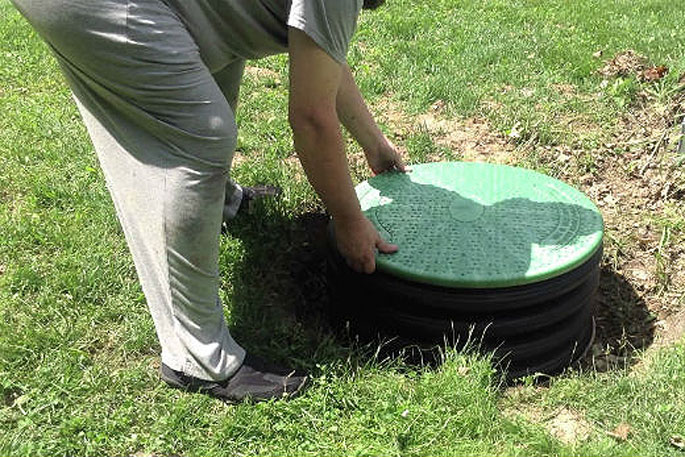It may be another five years before Matata's sewage woes are solved.
Whakatane District Council has already spent millions of dollars trying and failing to install a reticulated sewerage system at Matata and is still investigating the best option going forward.
In the meantime, residents' septic tanks continue to pollute the environment and the possibility of a management zone being imposed on them by the Bay of Plenty Regional Council hangs over their heads.
The frustration was clear in Whakatane councillor Gavin Dennis' voice as he told staff at a council meeting last week that more urgency was needed to solve the issue.
All properties at Matata are serviced by septic tanks, which are too small and are in soil unsuitable for the treatment of sewage.
Septic tanks work by separating solid and liquid waste, with the solid waste collecting at the bottom and the liquid waste discharged into the soil through a series of underground pipes.
The liquid waste is then supposed to filter down through the soil which clears it of any contaminants.
Unfortunately, Matata has a very wet clay-like soil, which prevents sewage from soaking into the earth and it has a very high-water table, which also prevents sewage from draining away.
The high-water table causes septic tanks to flood frequently, making them overflow and costing owners thousands in continuous pump outs.
Sewage travels along the surface of the soil, joining and polluting waterways and pooling in lower lying ground.
Staff at Matata Public School have banned children from playing at the end of their school field due to sewage pooling there and people living in Matata say there is often brown, smelly sludge in gutters and along waterways.
Dennis, who lives in Matata, says the community had been waiting eight years for reticulated sewerage. He said the regional council had been threatening to impose a maintenance zone on the town so waterways could be clear of sewage and, if it did, residents would be forced to shell out several thousands of dollars to upgrade their septic tanks.
Money they could not afford.
The Whakatane council had progressed a reticulated sewerage proposal to the point it had received resource consent, however, this was revoked in the Environment Court in 2015 and it had to go back to the drawing board.
Dennis says several key projects in the community, such as a three-story headquarters for local iwi Ngati Rangitihi, were on hold as it waited for reticulated sewerage.
'I have heard rumours that there is a secret scheme within council to keep delaying this work until the Government takes over,” says Dennis, referring to the Government's Three Waters work which may see it take control of council's water treatment assets.
Manager of policy, planning and consent Nicholas Woodley denied this was the case and said staff were genuinely progressing the project as quickly as they could.
He acknowledges there is changing legislation but says the council 'needed to get this done”.
The council now has an entire team dedicated to progressing reticulated sewerage for Matata. The team includes staff from the district and regional councils, tangata whenua, Toi Te Ora Public Health, and planning and legal advisers.
The team will undertake detailed work on options development and technical investigations with the aim that Matata will have reticulated sewerage by 2026.
Councillor Lesley Immink says councillors have been hearing from the Matata community that nothing had been done for years and said the council should now inform them of the new, dedicated team and the work that was happening.
She suggests the council do bi-annual leaflet drops with reports of progress and a project timeline.
Dennis agrees and suggests the council hold a public hui and have a direct discussion with residents.
'People haven't heard anything for a year and a half,” he says.
Charlotte Jones, Local Democracy Reporter



0 comments
Leave a Comment
You must be logged in to make a comment.